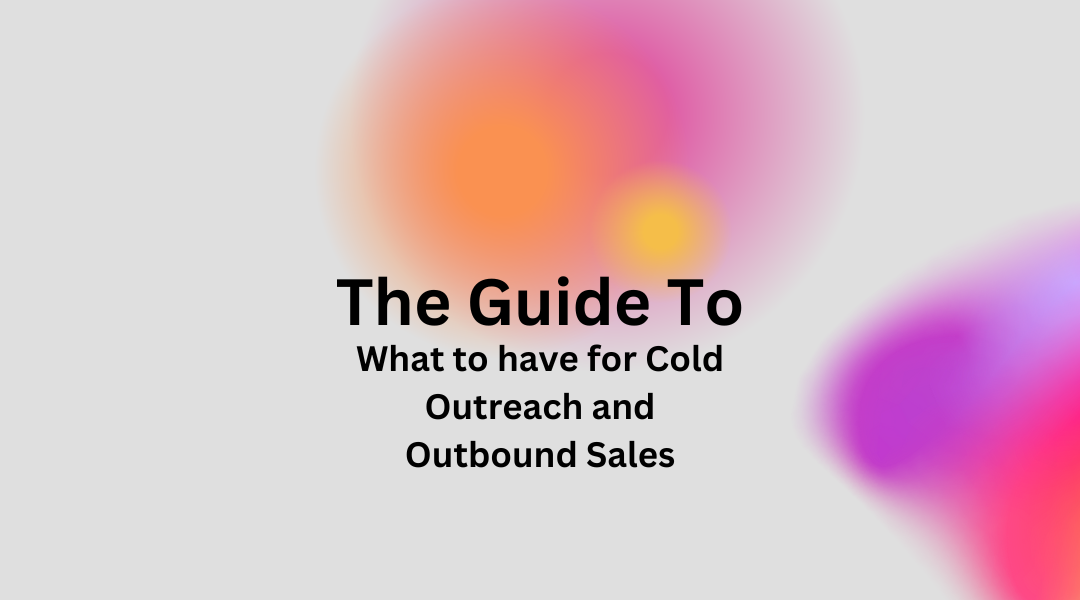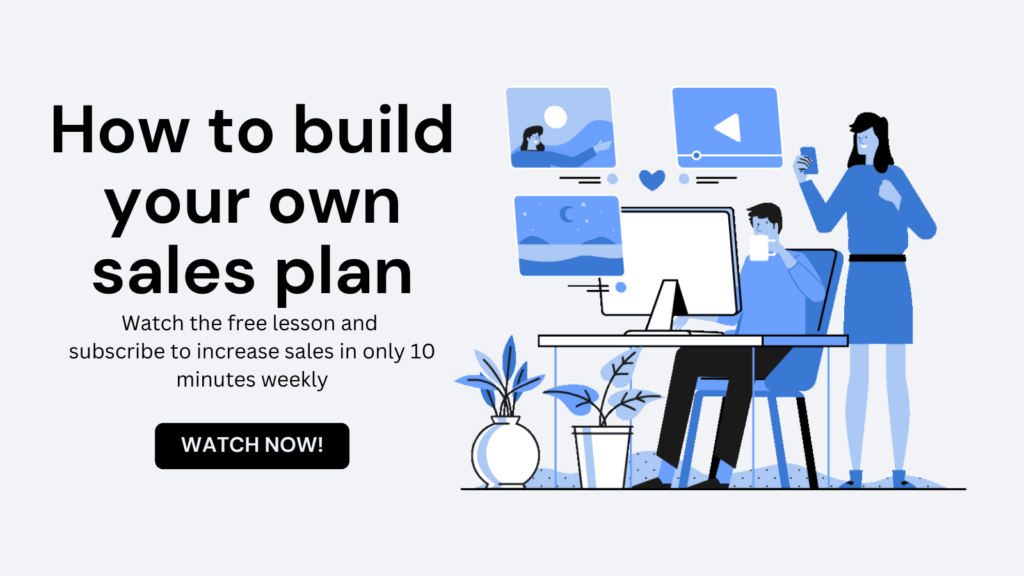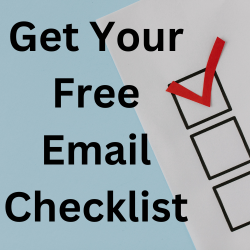Outbound sales and email outreach can feel overwhelming. With so many tools, strategies, and systems available, it’s easy to think you need a complex setup to succeed. In reality, focusing on a few core elements can simplify your approach and make you far more effective. Here’s a breakdown of the essentials you should have in front of you when doing outbound sales or email outreach, and why they matter.
1. A Lead Scorecard or Battle Card: Your Strategy at a Glance
When reaching out to potential customers, you need to have quick access to important information that will guide your conversation. This is where a lead scorecard or battle card becomes invaluable.
- Lead Scorecard: This tool allows you to rank your leads based on specific criteria such as their size, industry, location, and buying intent. It gives you a snapshot of how qualified each lead is, helping you prioritize your outreach. Leads that score higher should be contacted first, while lower-scoring leads might need more nurturing.
- Battle Card: This is a cheat sheet filled with critical information, such as talking points, responses to common objections, and competitive analysis. The battle card ensures you’re prepared to handle the conversation professionally and confidently, no matter which direction it takes.
Both tools allow you to have structured, informed conversations. They prevent you from wasting time on irrelevant or low-value leads and give you a confident edge when speaking to prospects.
2. Company Information: Know Who You’re Talking To
You should never go into a conversation without knowing who the company is and what they do. Having their website open is a simple but often overlooked necessity. By reviewing the company’s website before making a call or sending an email, you can quickly grasp their mission, products, and services. This enables you to tailor your outreach to their specific needs.
Additionally, understanding the company’s buyer persona or client profile will significantly improve your messaging. Knowing their typical challenges and goals lets you customize your pitch to speak directly to their pain points. For example:
- What problems does their industry face?
- How can your product or service provide a solution?
- What differentiates your offering from their current solutions or competitors?
Taking the time to research before outreach may feel like an extra step, but it pays off in the form of better, more meaningful conversations with decision-makers.
3. Your Outreach System: The Tools That Drive Action
Efficiency is key in outbound sales, and that’s where having the right outreach system comes into play. Whether it’s a CRM, phone dialer, or a platform like LinkedIn Sales Navigator, having your tool in front of you and ready to go is crucial for maximizing your output.
Here’s how these systems help streamline your process:
- CRM (Customer Relationship Management): A CRM allows you to manage your entire outreach process from lead generation to follow-ups. You can track conversations, log interactions, set reminders, and automate certain tasks to stay on top of your pipeline.
- Phone Dialer: Speed is essential in outbound sales. A phone dialer ensures you don’t waste time manually dialing each number. Many modern phone dialers integrate with CRMs, allowing you to click-to-dial and log calls automatically.
- LinkedIn Sales Navigator: If you’re doing outreach via LinkedIn, Sales Navigator helps you find and engage with leads in a targeted way. You can filter prospects by role, company size, location, and more, which ensures your messaging is reaching the right people.
No matter which tool or system you use, having it up and running at all times will help you act quickly. Whether it’s dialing a lead or sending a personalized email, the right system will make it easy to stay organized and productive.
4. Your Mindset: The Hidden Power Behind Every Call and Email
Outbound sales are as much about your mindset as they are about strategy and tools. Approaching each call or email with the right mental frame can drastically improve your performance.
There are two strategies that can help you get into the right mindset:
- The Stoic Approach: Sometimes, overthinking can be your worst enemy. The stoic approach encourages you to turn off your brain, stop worrying about the outcome, and just execute the task at hand. Focus only on making the next call, sending the next email, or completing the next task without letting doubt or fear creep in. The more you train yourself to remove hesitation, the easier it becomes to execute flawlessly.
- Anchor Your Motivation: For many people, it’s helpful to anchor their motivation to something deeply personal. Think about something extremely important to you—whether it’s your family, a spouse, a pet, or a personal goal. Every time you make a call or send an email, remember that your hard work is contributing to something bigger than just closing deals. You’re providing for the things or people that matter most in your life. This mindset not only gives you a sense of purpose but also makes every dial and email feel more valuable.
5. Optimize Your Workflow: Small Steps for Big Gains
While the above elements form the core of what you need, it’s worth noting that optimizing your workflow can lead to even greater efficiency. Here are some additional tips to help you maximize your outbound efforts:
- Batch Similar Tasks Together: Rather than switching between tasks (e.g., calling, emailing, researching), try to batch similar activities. Dedicate specific blocks of time for each type of task. For example, spend an hour making calls, followed by an hour dedicated to emails, and so on. This minimizes the time lost in transitioning between different types of tasks.
- Use Templates, But Customize: While having pre-made email templates can speed things up, be sure to personalize each message. Mention something specific about the company or prospect to show that you’ve done your homework. A little customization goes a long way in standing out from the flood of generic outreach most decision-makers receive.
- Set Micro Goals: Instead of aiming for a specific number of closed deals each day, set smaller, actionable goals. For example, make 20 calls before lunch or send 15 personalized emails by the end of the day. These micro-goals create a sense of accomplishment and help you stay motivated throughout the day.
Less Is More in Outbound Sales
While it’s easy to get caught up in the idea that more tools or complex strategies will lead to better results, the truth is that a focused approach often wins the day. By sticking to the essentials—a lead scorecard, company information, the right outreach system, and a strong mindset—you can make your outbound sales and email outreach both simpler and more effective.
Keep it streamlined, stay focused, and remember why you’re doing it. With these tools and strategies in place, you’ll not only be better equipped to engage with prospects but also more likely to close deals and achieve your sales goals.
Read More about outbound sales



